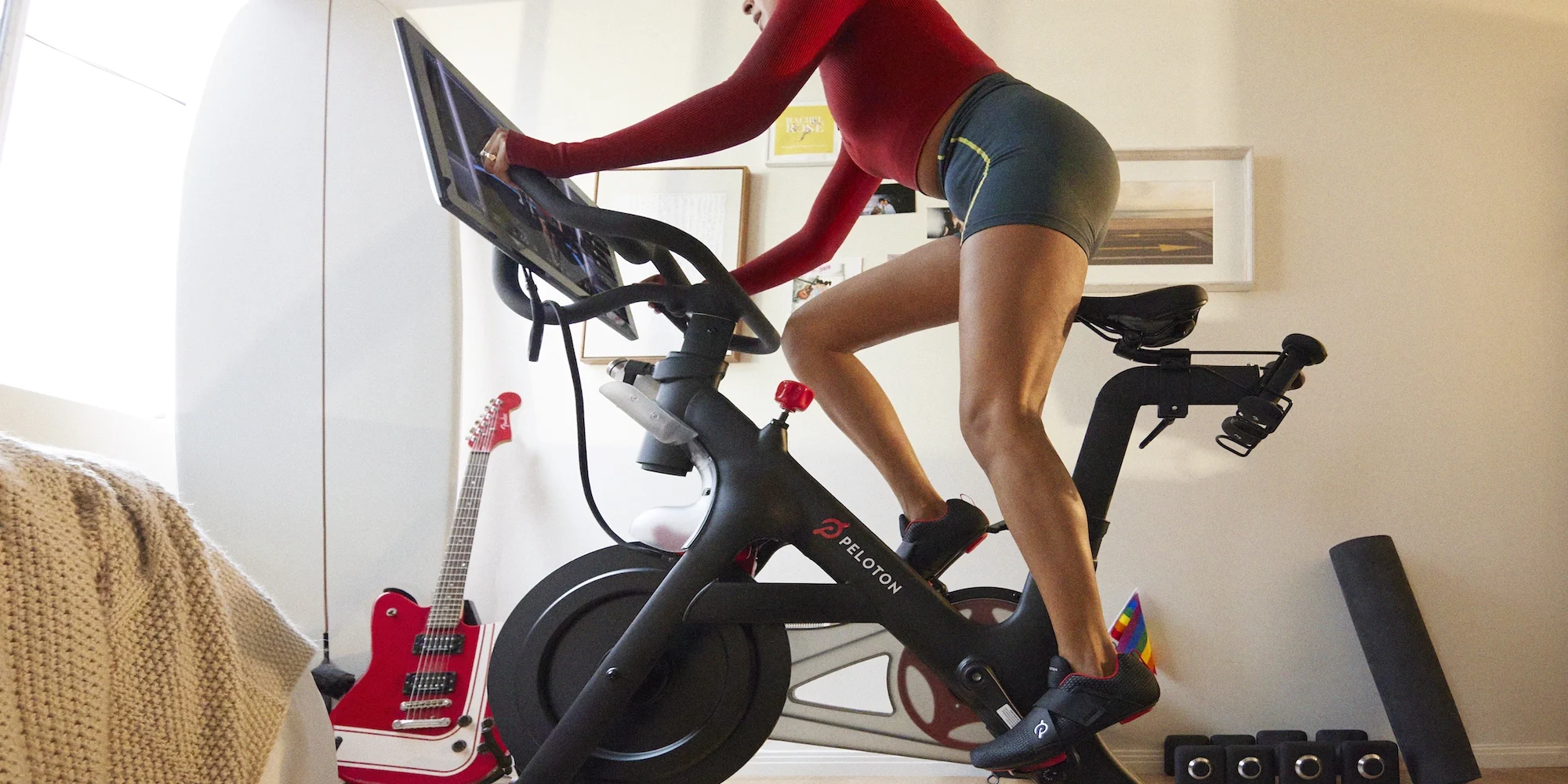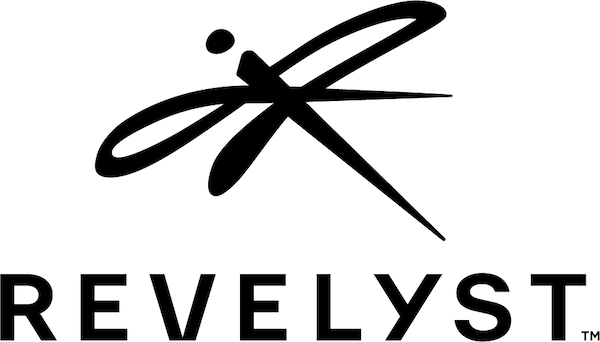Peloton’s newest appointment hints at the connected fitness company’s next chapter
Peloton has created a chief technology officer role for the first time, promoting Francis Shanahan to the post in a move that underscores the fitness company’s growing focus on AI-driven innovation.
Shanahan, who joined Peloton in 2021 and previously served as senior vice president of connected fitness software, will now oversee engineering and technical operations, lead Peloton’s customer-facing AI strategy, and guide product architecture.
He will report to chief product officer Nick Caldwell.
During his tenure, Shanahan has led the development of new features like Personalized Plans and Pace Targets while also retooling the home screen to deliver smarter content recommendations.
“Francis has been an instrumental partner in our product organization and understands the important role AI plays in our connected fitness ecosystem,” Caldwell said. “In addition to being steeped in the exact innovation that we’ll need to realize our potential in this next chapter, he’s also an incredible ambassador for our brand as an ultra-marathon runner for whom endurance and performance training is deeply personal.”

Peloton has already begun weaving AI into its core user experience. In January, the connected fitness company launched Personalized Plans, an AI-powered feature that helps members build custom workout programs based on their goals and preferences. Drawing on its extensive library of instructor-led classes, the platform uses machine learning to recommend workouts optimized for engagement and performance. Nearly half a million members initiated a Personalized Plan in Q3, with early data suggesting those users work out more frequently and across a broader range of disciplines, according to Peloton. In March, the company expanded its global reach with the launch of AI-powered subtitles in English, Spanish and German, translating roughly 100 classes per day.
“With consumers expecting more personalized, data-driven insights, we’re focused on deepening our integrations with wearables and finding new ways to leverage AI to deliver smarter, more adaptive training experiences,” Caldwell told Athletech News earlier this spring. “Our goal is to ensure members have access to real-time feedback and actionable insights that help optimize their performance.”
While AI is reshaping how members interact with the platform, Peloton is also continuing to expand its content offerings. The company introduced kettlebell training to its Strength+ app, and by the end of Q3, nearly 70,000 Members had completed a workout. Engagement with mindfulness content also continued to grow, with meditation participation increasing 7% during the quarter, while sleep and recovery content saw a 2% uptick.
The connected fitness giant has also appointed Megan Imbres as chief marketing officer. Imbres will join the company on July 7, overseeing global brand and product marketing, growth marketing, creative, consumer insights and member engagement.

She will report to CEO Peter Stern and most recently served as managing director of Apple Marcom LA, where she led global marketing communications for Apple’s services division. In that role, she oversaw major creative campaigns and cultural milestones, including the Apple Music Super Bowl Halftime Show and Apple TV’s partnership with Major League Soccer.
Before joining Apple, Imbres was instrumental in shaping the early growth of Netflix, helping to build the streaming brand and later launching the Netflix Originals identity. Her past roles also include global head of brand marketing at Amazon Ads and head of brand and content marketing at Quibi, where she worked closely with founders Jeffrey Katzenberg and Meg Whitman.
A passionate cyclist and competitive triathlete, she recently qualified for the 2025 Ironman World Championship in Kona.
“Megan’s experience in growing direct-to-consumer subscription businesses, her creative instincts and her track record of delivering culturally resonant campaigns will propel us on our path towards growth,” Stern said. “I look forward to working alongside her and our fantastic marketing organization as we deepen our connection with our millions of existing members and meet millions of new ones.”
Beyond executive moves, Peloton is also expanding into resale with the launch of Peloton Repowered, a branded secondary marketplace that allows users to list used Bikes, Treads and accessories directly through the company. Currently in beta for sellers in New York City, Boston and Washington D.C., the platform aims to reduce third-party friction while reinforcing Peloton’s sustainability commitments. Repowered also taps into the growing secondhand demand Peloton has long acknowledged as a source of paid subscriber growth. For now, the service is open for listings only, with purchasing expected to roll out soon. Sellers earn 70% of the final sale price, and Peloton is offering discounts on new equipment to encourage re-purchases.





 About Revelyst
About Revelyst
























































